
Meet Luna Yang, our scuba diving and wildlife photography enthusiast, and a Software Engineer from our Perception team.
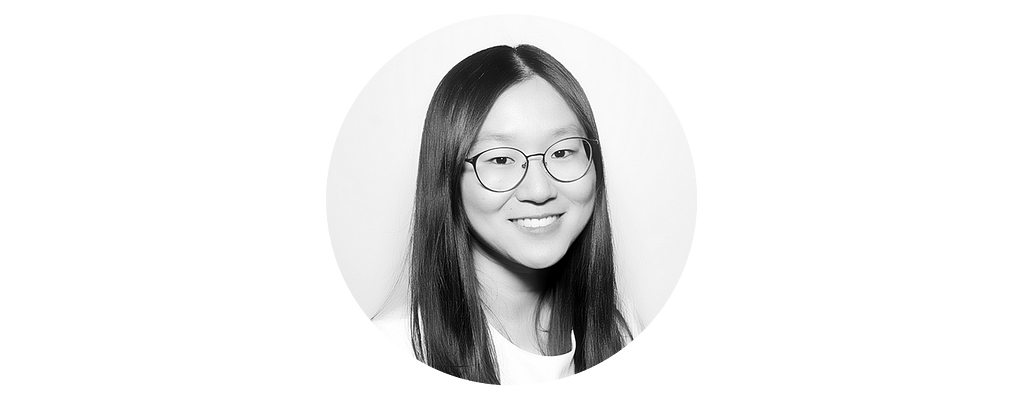
As we build a diverse culture at Aurora, we are committed to supporting and inspiring women to develop their careers and transform the world of technology.
In our series, Women of Aurora, we share the personal and professional journeys of the women of Aurora. In our next installment, we are excited to introduce Luna Yang, a Software Engineer on our Perception team.
Read on to learn about Luna’s bold moves, from switching majors to moving across the world in pursuit of the next big thing. She also has a penchant for adventure sports.
Tell us about your background.
Luna: My story begins in my home country of China where I was studying to be an actuary. Actuaries determine the premiums one should pay for certain life insurance policies. Essentially, their job is to predict an individual’s probability of dying in a given year. Morbid, I know! After three years of studying actuarial science and interning at an actuarial firm, I concluded the field wasn’t for me. It’s a well-developed industry and I was discouraged by the pace of innovation. I craved for something more cutting-edge and exciting. So, I asked myself, “What is the next big thing?”
To answer this question, I reached out to numerous professionals and strangers, in hopes of learning about their careers. A few of them actually responded and agreed to speak with me! Additionally, I attended various online classes. These two approaches ultimately led me to Machine Learning. I spoke with dozens of domain experts and my excitement grew. I was impressed by the field’s rapid development. I knew this was going to be hot. This was the next big thing.
My next step was to find a new major that would bring me closer to machine learning. Thus, three years into college, I changed my major from actuarial science to statistics. (There is significant overlap between stats and machine learning on the theoretical front.) After graduating, I applied to several masters programs in the US. I eventually committed to Carnegie Mellon University’s Master of Science in Robotics program. I packed my bags and made my way to Pittsburgh, Pennsylvania.
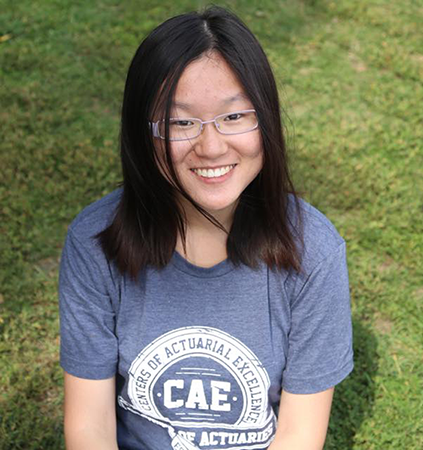
Why autonomous vehicles and why Aurora?
Luna: While I narrowed down the field to machine learning, I didn’t know which particular industry I wanted to pursue. That’s when self-driving cars popped on my radar. I was drawn to the industry first and foremost because it was innovative; it offered an opportunity to do and build something that no one else has done before. Secondly, impact. Autonomous vehicles are going to be the first scalable robotics application that will have an immediate impact on people’s lives. The last reason…hmm, I guess this word should start with an “I” too. It’s…interesting work! The industry combines math, engineering, and state-of-the-art research.
As to why Aurora, I was impressed by the company’s talent and culture. Data-driven methodology is the key to making self-driving cars a reality, and Aurora’s expertise in this area is unbeatable. Furthermore, the organization’s culture and values deeply resonate with me. The “no jerks” policy fosters a compassionate and collaborative workplace. The emphasis on integrity and doing the right thing ensures transparency throughout the company. Great culture attracts great people.
What sparked your interest in software engineering?
Luna: Software engineering allows me to build and create something. Although machine learning first piqued my curiosity, it’s more of a subject or methodology — it cannot be turned into a tangible product. I want to make an impact by building a product that people use, rather than simply writing a research paper. To build a product, in our case the Aurora Driver, rigorous software engineering is an inextricable part of the process.
What is the coolest project you’ve worked on at Aurora?
Luna: The Perception team takes raw sensor data as inputs and outputs an understanding of the scene, which mainly includes state estimations for important actors. There are many different types of actors on the road. It’s unrealistic to label and train a classifier for each of them. However, we still need to know these actors exist, what their location is, and an estimate of their state. How to estimate the state of unlabeled actors is what I’ve been working on recently. To do this, the Perception team uses a combination of unsupervised learning and more traditional computer vision techniques. The latter offers faster development turn-around, while the former is more promising in the long term. I’ve been exploring unsupervised learning and it’s very exciting work.
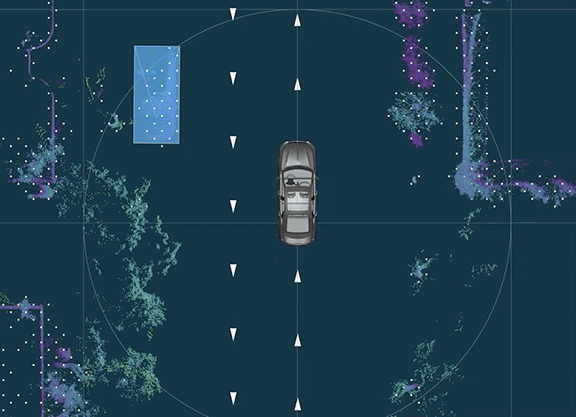
As you continue to develop your skills and expand your responsibilities, what has been instrumental in your journey?
Luna: Support from my peers and managers, especially since I just moved to the US three years ago and this is my first job. When I joined Aurora, I didn’t know how to write production-level C++ code. Not to mention, I experienced culture shock. Sometimes I had trouble understanding people’s jokes. Every aspect of my life was brand new, and that created a tremendous amount of stress and pressure.
Fortunately, I was paired with stellar mentors through the Aurora Mentorship Program. My first mentor was another software engineer who encouraged me to take my time easing into my role and helped me understand American idioms like the difference between “gets to me” and “gets me.” My managers have also been incredibly supportive and are always available when I need guidance with a project.
Last but not least, we have an employee resource group called Women@Aurora. This wonderful community has helped me navigate professional challenges as a young female engineer in a growing company. I have a solid support system at Aurora that has been vital to my transition to a new industry and country. They’re my home away from home.
Tell us something about yourself that would surprise us.
Luna: I’m a certified scuba diver! One of my most memorable dives was in Malapascua, an island in the Philippines. My group and I were roughly 40 yards underwater. Suddenly, everyone stopped moving and started pointing to the same direction. I wasn’t sure what was going on since the water was extremely dark. Then, I saw it… A thresher shark! It was 10 yards away from me! We weren’t in danger but I have had several close calls with wild predators. I was once seven feet away from an Alaskan Grizzly Bear!
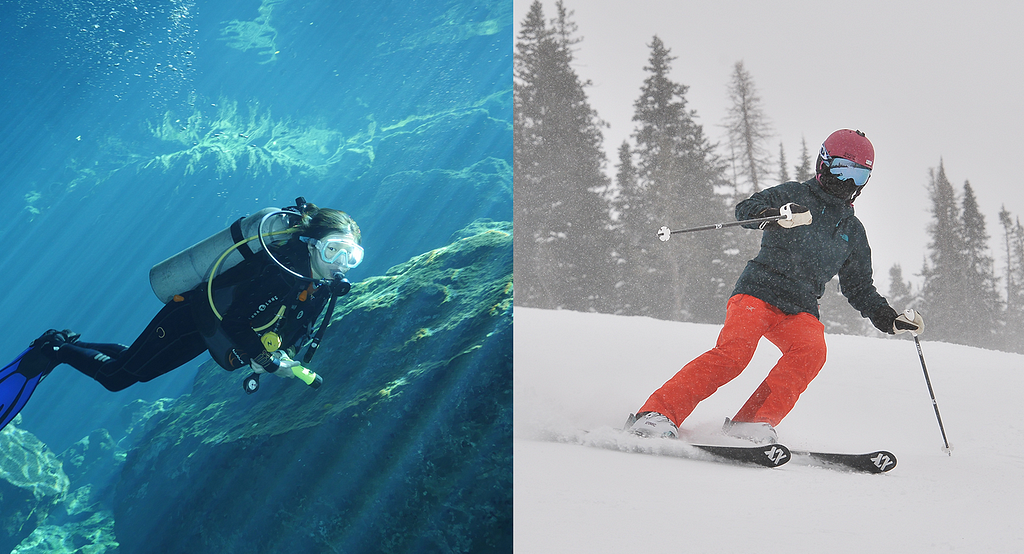
Other than scuba diving, what is one of your favorite things to do?
Luna: I just picked up a new hobby a few months ago. I’m learning to play the piano. I found a piano teacher who’s a Master’s student in CMU’s Piano Performance program. Her lessons are awesome. Playing the piano has been my biggest hobby lately. During the winter, I love skiing. I’m looking forward to visiting Aurora’s Bozeman, Montana office which is close to Big Sky, a really cool ski resort.
What would you do for a career if you weren’t a software engineer?
Luna: I would love to be a wildlife photographer! I enjoy observing wildlife. Animals are fascinating and amusing to watch. Although, wildlife viewing can also be a humbling experience that puts my worries into perspective. In nature, it’s about survival. Creatures are constantly faced with life-or-death situations. Most problems seem trivial when I’m watching animals hunt or compete for resources in order to stay alive.
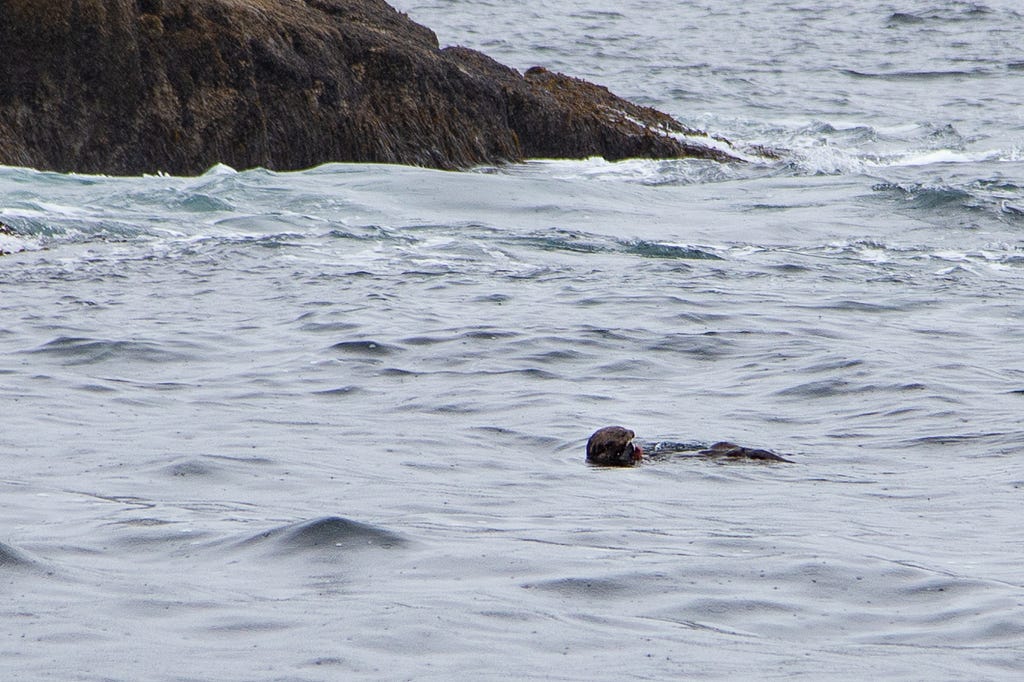
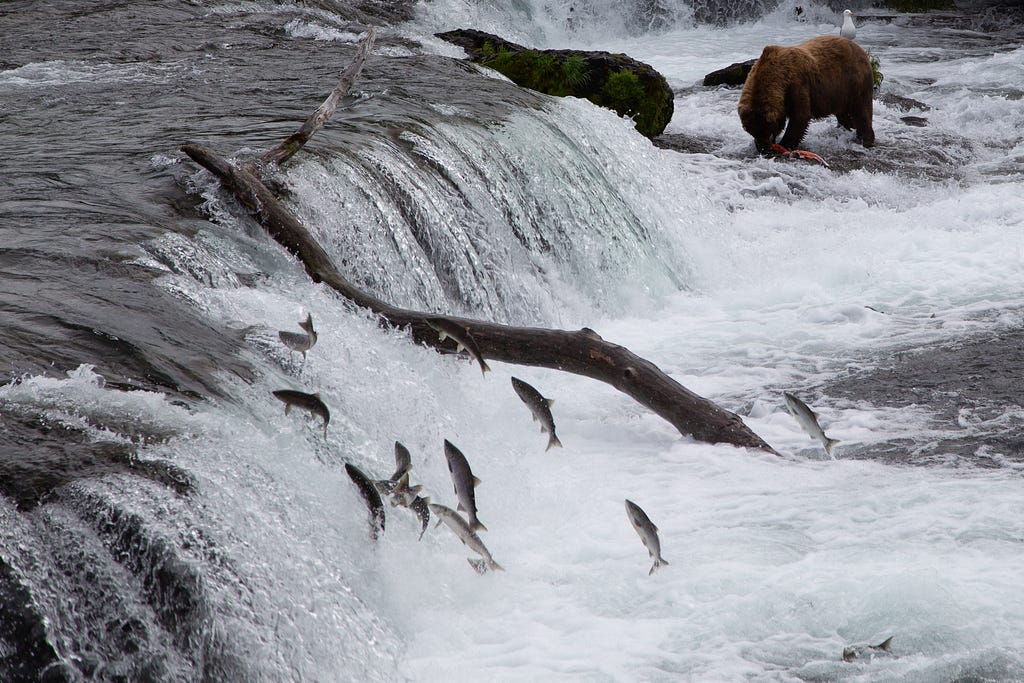
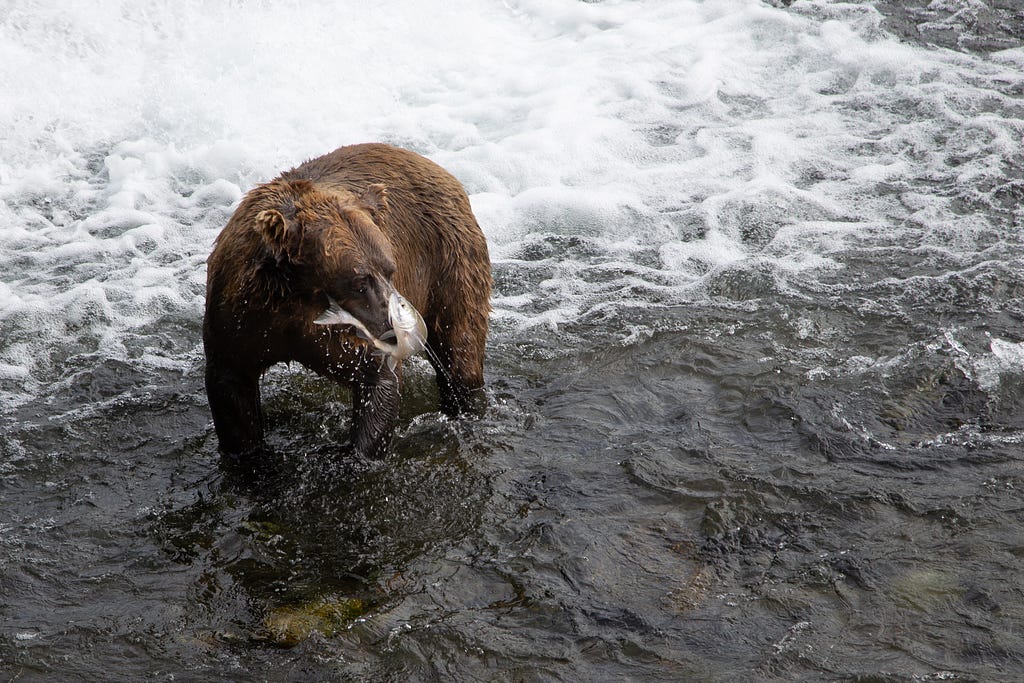
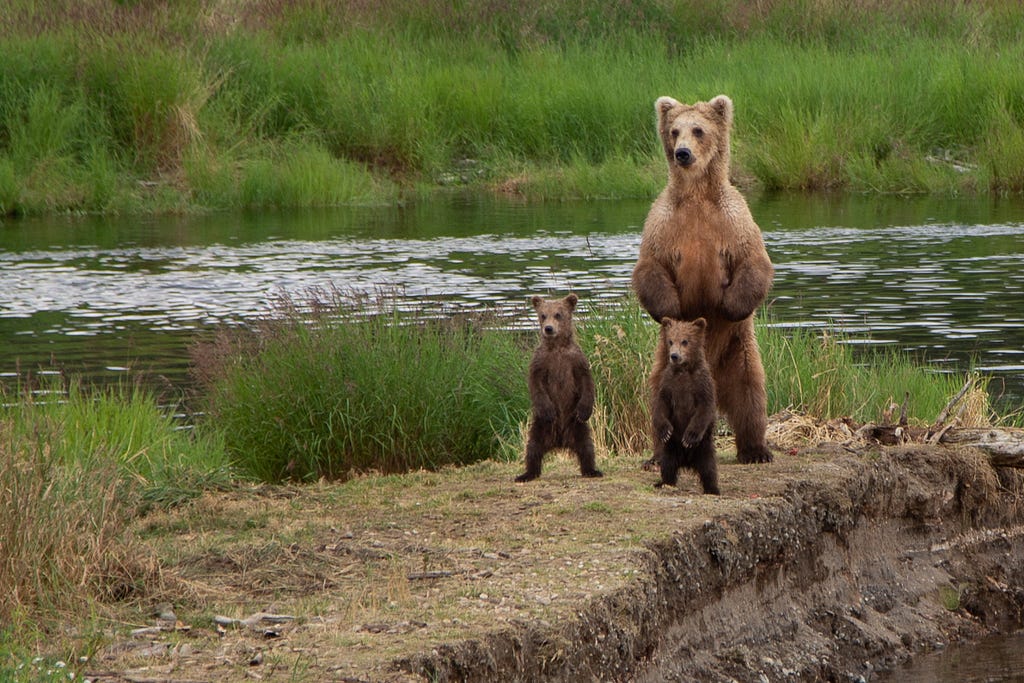
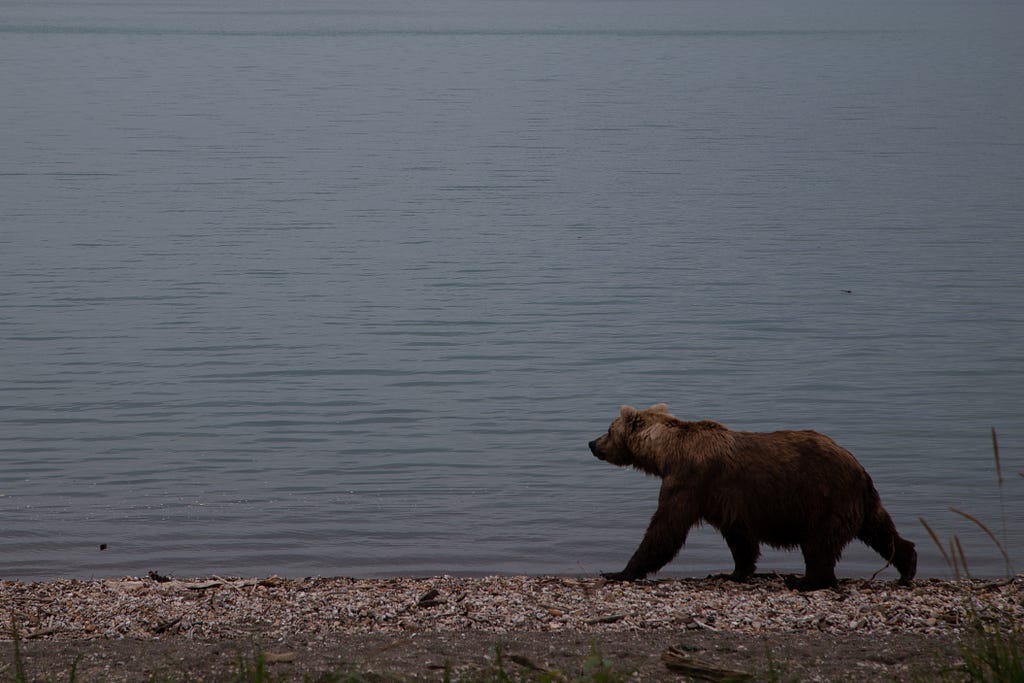
If you could be any animal, what would it be?
Luna: I’m glad you asked! I regularly engage in a fun thought experiment where I imagine myself as an animal. Recently, I’ve been imagining myself as a sea otter. I just returned from Alaska and encountered many otters during my trip. They’re irresistibly cute and curious creatures that float around and munch on snacks. I envy them!
What is the best thing about working at Aurora?
Luna: I touched upon this already but I can’t reiterate it enough: the people and culture. Everyone at Aurora is extremely kind and supportive. We encourage one another to learn and grow, to tackle challenging problems together, all the while having fun. Aurora’s people and culture have given me a remarkable feeling of support that extends beyond the workplace.
Aurora is looking for great people to join our team. If you’re interested in our open roles, you can learn more here.
Women of Aurora with Luna Yang was originally published in Aurora Blog on Medium, where people are continuing the conversation by highlighting and responding to this story.
